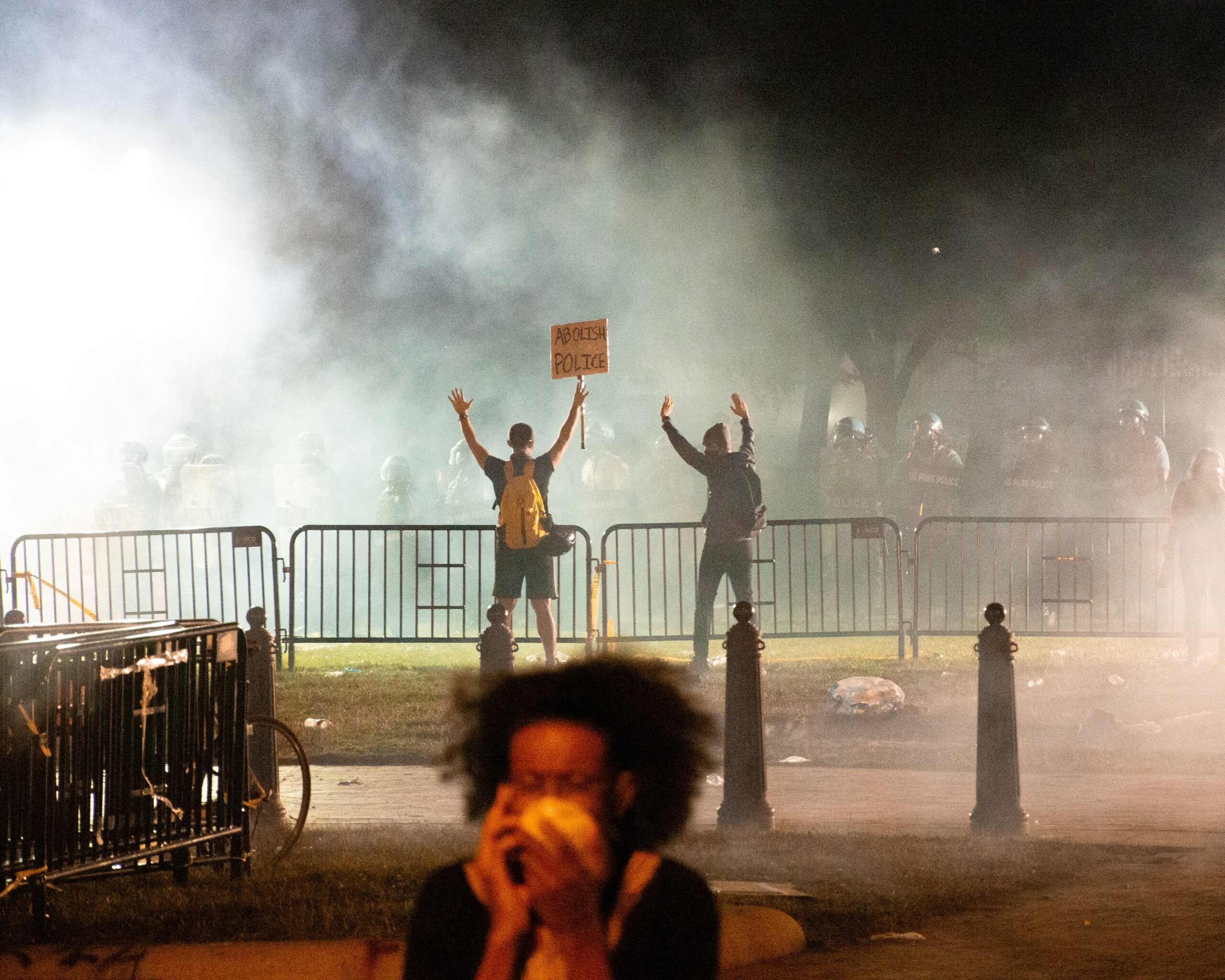Student Investigations Lab Project
Amnesty International’s Digital Verification Corps and the Investigations Lab, in conjunction with DVC groups on campuses around the world, won a 2021 Webby Award for their work documenting the widespread abuse of tear gas against peaceful protestors.
Experts at Amnesty International’s Crisis Evidence Lab and our Investigations Lab students undertook an extensive investigation of the mechanisms and health effects of tear gas, and mapped verified incidents of tear gas misuse globally. This report was compiled due to the lack of international regulations of the manufacture, export, trade, or use of tear gas.
Amnesty staff and students involved with Amnesty’s Digital Verification Corps students verified close to 500 videos and highlighted nearly 80 events in 22 countries and territories where tear gas was misused, confirming the location, date, and validity of the evidence. These videos were categorized into five types of misuse, including (1) against peaceful demonstrations, (2) against vulnerable individuals, (3) in confined spaces, (4) in excessive quantities, and (5) direct fire at individuals. These were selected based, in part, on the UN’s Guidance on Less-Lethal Weapons in Law Enforcement. In January 2021, an additional 27 new incidents from 13 countries were noted.
The Lab conducted specific open source investigations identifying video and photo evidence of serious misuse of tear gas in Venezuela, Hungary, and the Democratic Republic of Congo against protesters by security forces. Students procured images of equipment that helped identify tear gas manufacturers and countries of origin.

Partners
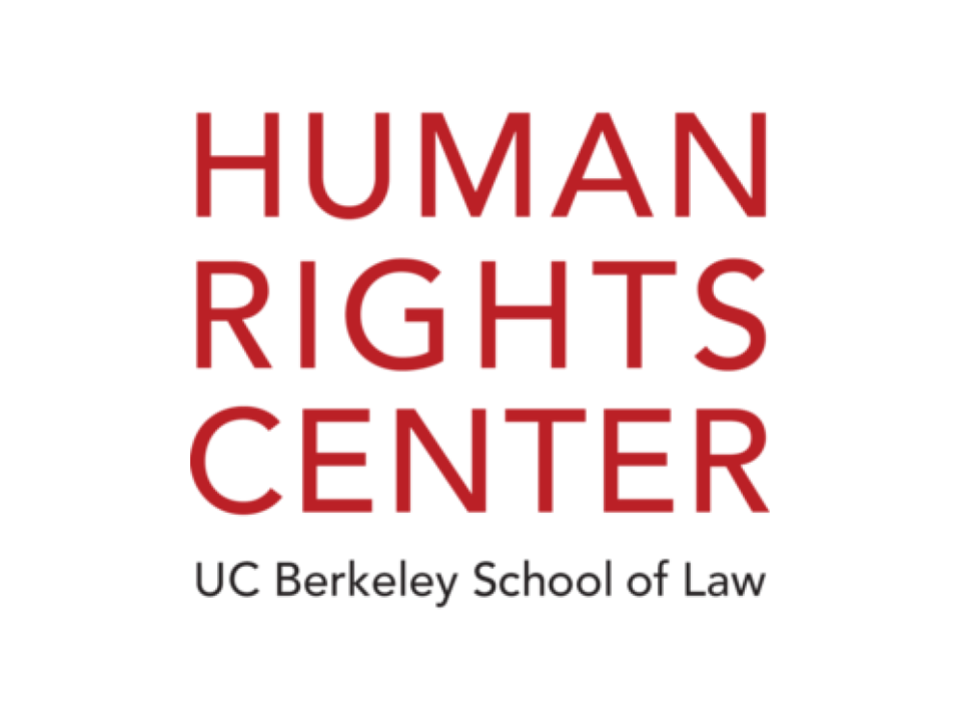
Explore the Investigation
Dr. Rohini Haar Describes the Health Impacts of Tear Gas
Dr. Rohini Haar is an advisory board member and research fellow with the Human Rights Center. She is also an emergency room physician, and specialises in “non-lethal” munitions used against protesters.
Team Acknowledgements
Student Contributors: Shakiba Mashayekhi, Ibrahim Khan, Emily Eshkian, Elizabeth Xu, Sabreen Abdelrahman, Jessica Chen, Arabi Hassan, Devon Lum, Kayla Cohen, Siraat Younas, and Amber Muhammad
News
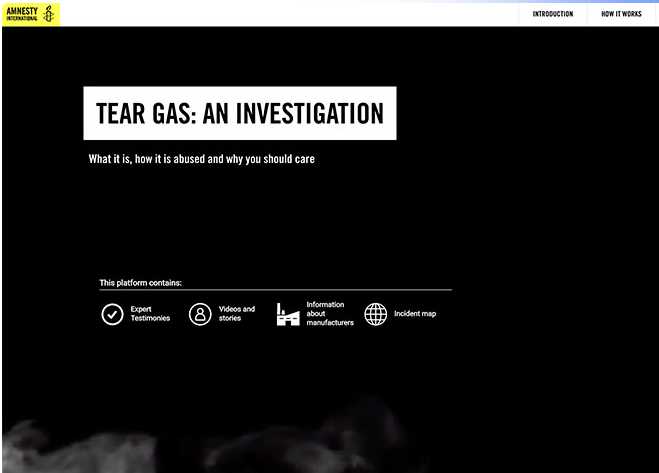
May 20, 2021
People’s Voice Winner: Tear Gas: An Investigation
Investigations Lab in the News — Webby Awards: People’s Voice Winner: Tear Gas: An Investigation, announcing winners of the 2021 Webby Awards.
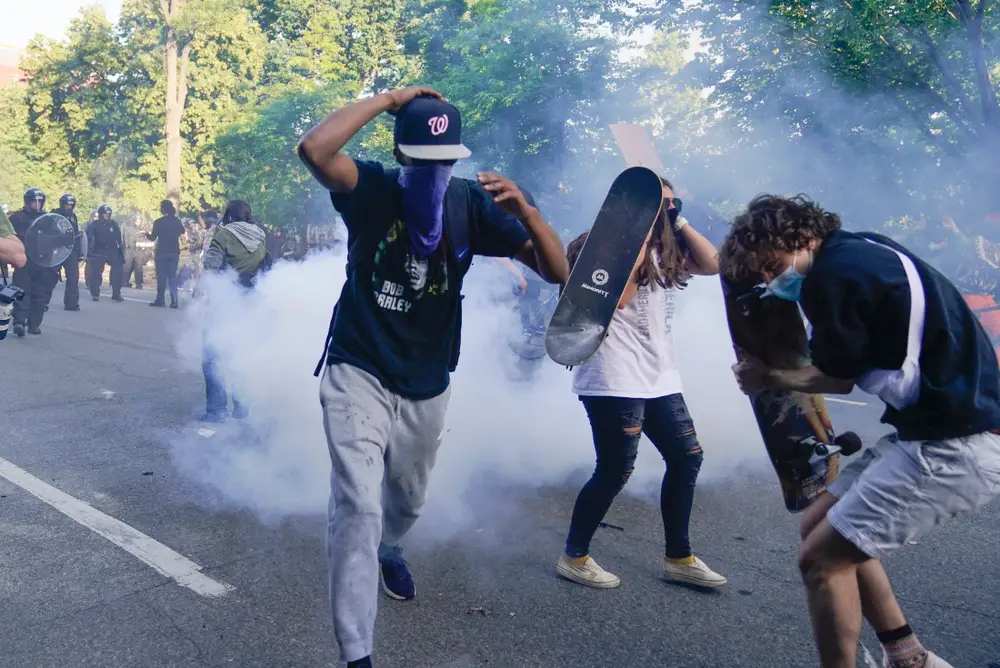
June 11, 2020
Investigations Lab in the News — Business Insider: Police around the world have ‘not learned’ the appropriate times to use tear gas, according to an investigation across 22
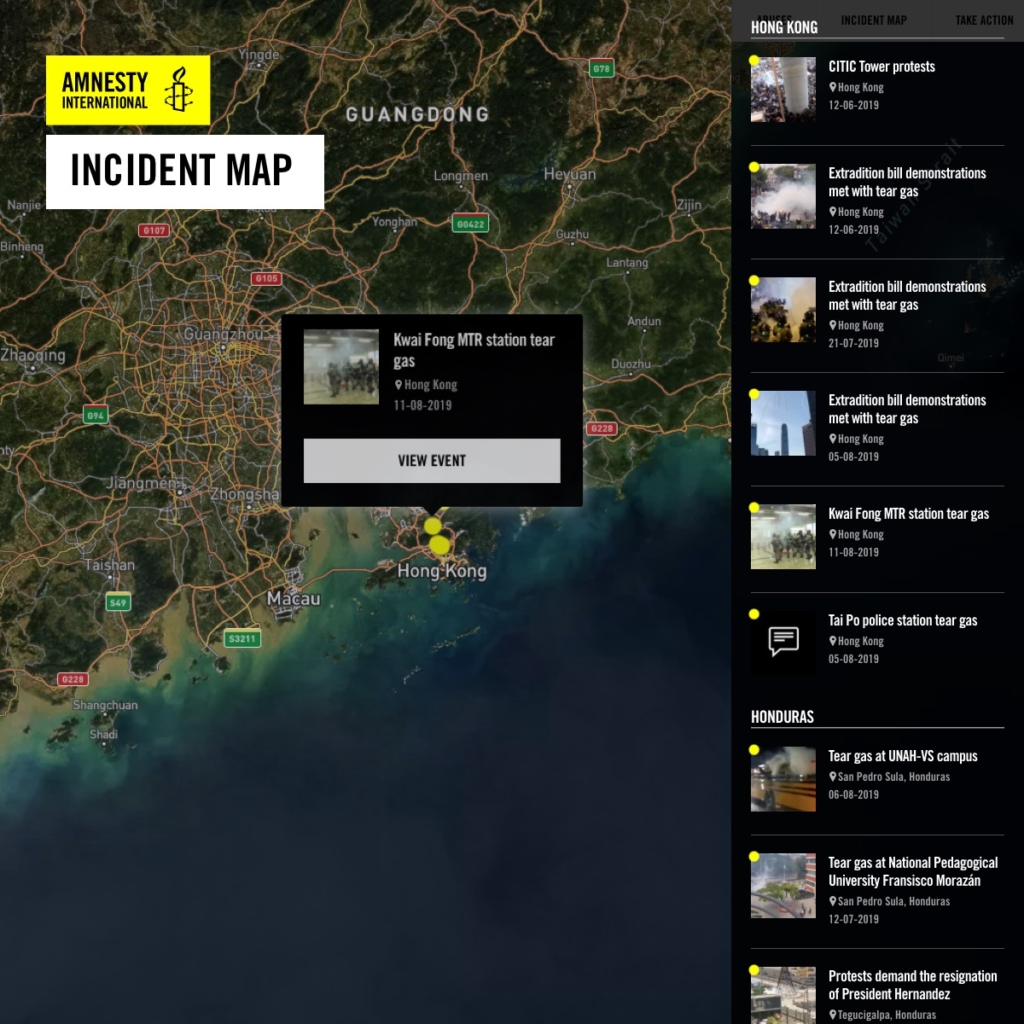
June 11, 2020
Toxic trade in tear gas fuels police abuses globally
Investigations Lab in the News — Amnesty International: Toxic trade in tear gas fuels police abuses globally, reporting with Investigations Lab research. Left: The site includes analysis
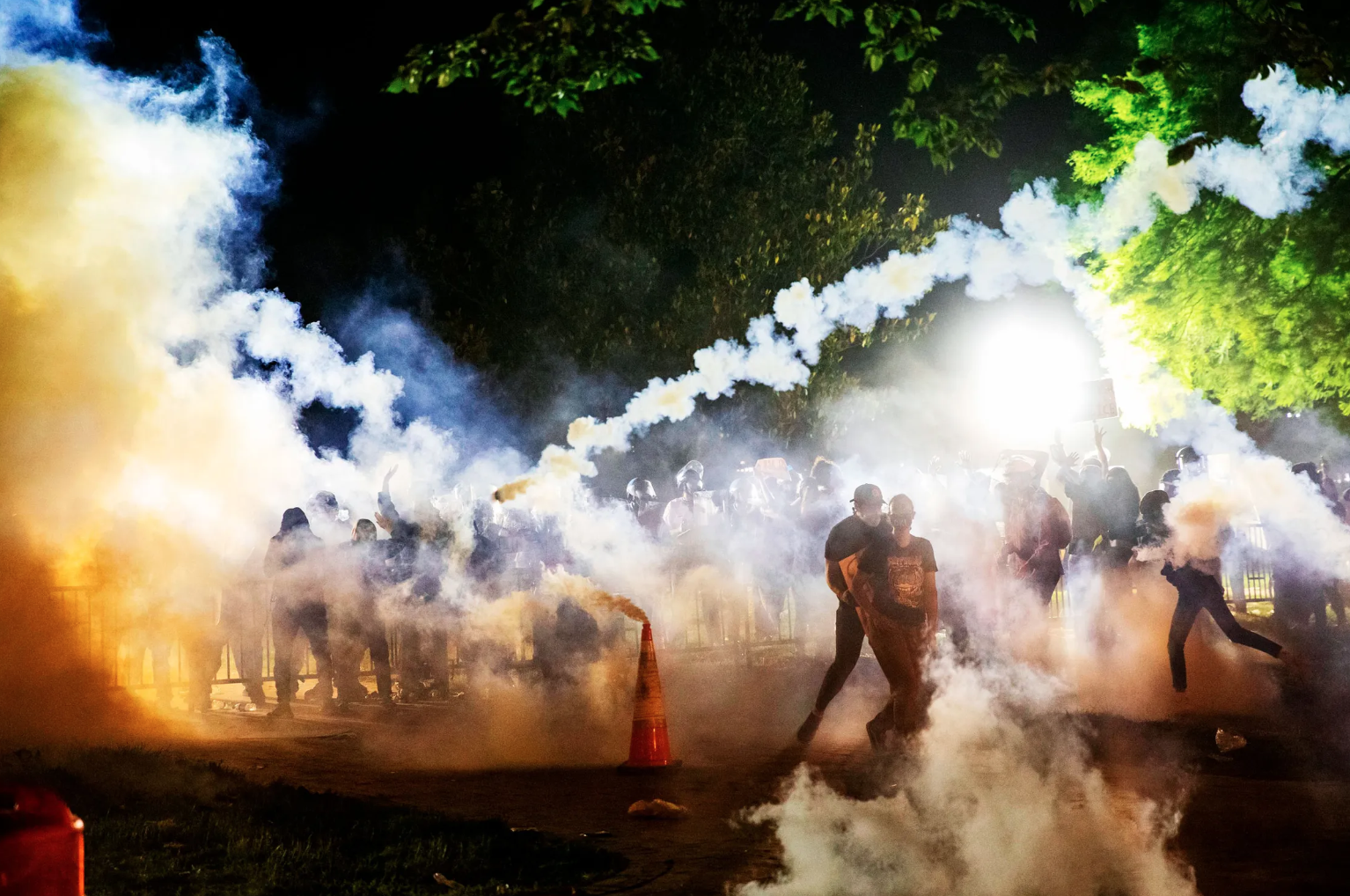
May 18, 2021
Amnesty International wins Webby Award for multimedia tear gas project
Investigations Lab in the News — Amnesty International: Amnesty International wins Webby Award for multimedia tear gas project, reporting with Investigations Lab research.
